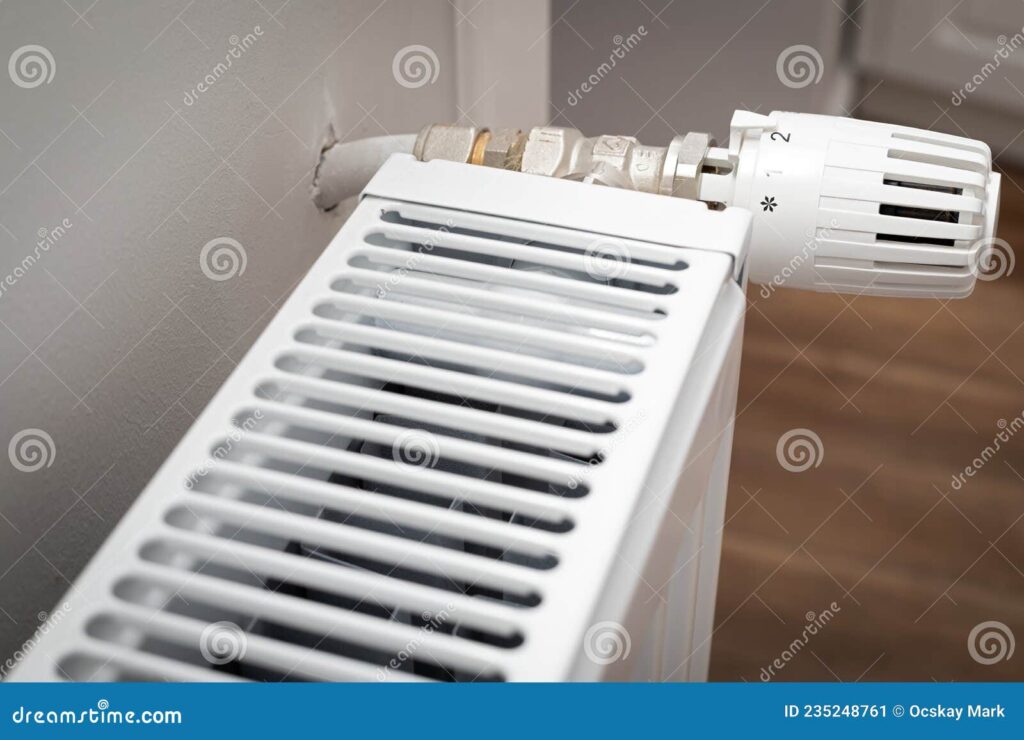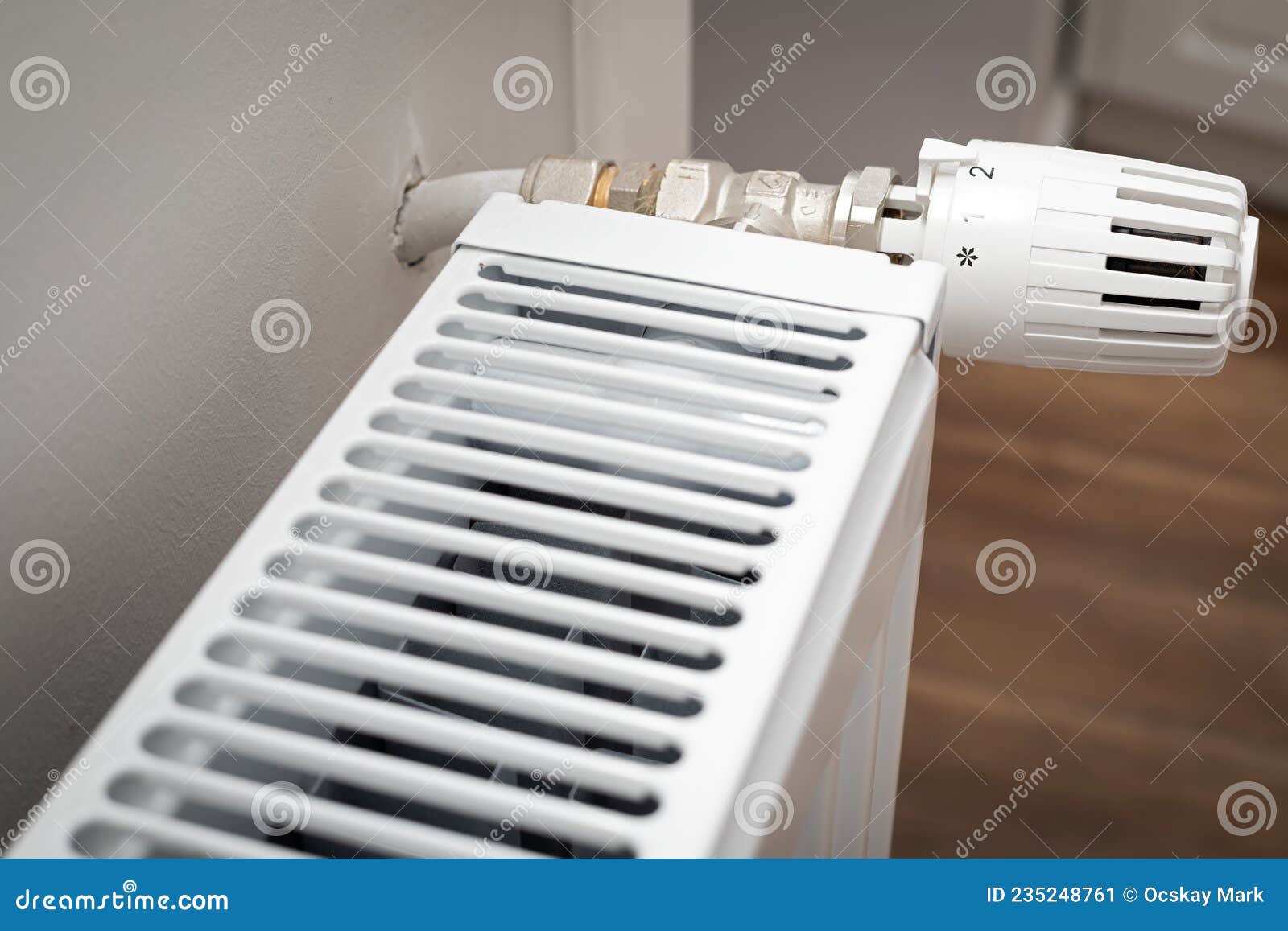
Radiator Knob Guide: Understanding, Maintaining, and Upgrading Your Heating System
The unsung hero of home heating, the radiator knob, often goes unnoticed until it malfunctions or becomes difficult to operate. This seemingly simple component plays a crucial role in regulating the temperature of individual radiators, allowing for personalized comfort and efficient energy use. Whether you’re a homeowner, renter, or property manager, understanding the intricacies of a radiator knob is essential for maintaining a comfortable and cost-effective heating system. This guide will delve into the different types of radiator knobs, troubleshooting common issues, and exploring upgrade options to optimize your heating experience.
Types of Radiator Knobs
Radiator knobs come in various designs, each with its own functionality and aesthetic appeal. Understanding the different types will help you identify the right one for your needs:
- Manual Radiator Knobs: These are the most basic type, featuring a simple on/off mechanism with incremental settings. They require manual adjustment to control the heat output. The radiator knob controls the flow of hot water or steam into the radiator.
- Thermostatic Radiator Valves (TRVs): TRVs are more sophisticated, incorporating a thermostat that automatically adjusts the heat output based on the room temperature. This feature allows for precise temperature control and energy savings. A faulty radiator knob on a TRV can lead to inconsistent heating.
- Smart Radiator Valves: The latest innovation in radiator control, smart radiator valves connect to a home automation system, allowing for remote control and scheduling via a smartphone app. They offer advanced features like geofencing and individual room temperature settings. Upgrading to a smart radiator knob can significantly enhance your heating system’s efficiency.
Understanding How Radiator Knobs Work
The fundamental principle behind a radiator knob is controlling the flow of hot water or steam into the radiator. When the radiator knob is turned open, it allows more hot water or steam to enter, increasing the heat output. Conversely, turning the knob closed restricts the flow, reducing the heat. In TRVs, the thermostat senses the room temperature and automatically adjusts the valve to maintain the desired setting. A properly functioning radiator knob ensures even heat distribution throughout the room.
Manual Radiator Knob Operation
Manual radiator knobs are straightforward to use. Simply turn the knob clockwise to decrease the heat and counter-clockwise to increase it. The markings on the knob often indicate the heat level, but these are not always accurate and may require some experimentation to find the ideal setting. A stuck radiator knob can prevent you from adjusting the heat.
TRV Operation
TRVs have a numbered scale, typically from 1 to 5, representing different temperature settings. Setting the TRV to a higher number increases the desired room temperature. TRVs also have a frost protection setting (often marked with a snowflake symbol) that prevents the radiator from freezing in extremely cold weather. Replacing a broken radiator knob on a TRV is a common repair.
Smart Radiator Valve Operation
Smart radiator knobs are controlled through a smartphone app or web interface. The app allows you to set schedules, adjust individual room temperatures, and monitor energy usage. Some smart valves also integrate with voice assistants like Amazon Alexa or Google Assistant. Calibrating a smart radiator knob ensures accurate temperature readings.
Troubleshooting Common Radiator Knob Issues
Like any mechanical component, radiator knobs can experience problems over time. Here are some common issues and how to address them:
- Stuck Radiator Knob: This can be caused by corrosion or debris build-up. Try gently tapping the knob with a rubber mallet or applying penetrating oil to loosen it. If the radiator knob is still stuck, you may need to replace it.
- Leaking Radiator Knob: A leak indicates a problem with the valve stem or seals. Tightening the packing nut may resolve the issue, but if the leak persists, replacing the valve is the best solution. A leaking radiator knob can lead to water damage.
- Radiator Not Heating Up: This could be due to a closed radiator knob, air trapped in the radiator, or a problem with the central heating system. Bleeding the radiator and ensuring the knob is fully open are the first steps to take.
- Radiator Overheating: If the radiator is constantly hot, even when the radiator knob is turned down, the valve may be faulty. Replacing the valve will likely solve the problem. An overheating radiator wastes energy and can be uncomfortable.
- Noisy Radiator Knob: A hissing or gurgling sound can indicate air in the system or a loose valve. Bleeding the radiator and tightening the valve connections can often resolve the noise. A noisy radiator knob can be disruptive, especially at night.
Maintaining Your Radiator Knobs
Regular maintenance can extend the lifespan of your radiator knobs and prevent costly repairs. Here are some tips:
- Inspect Regularly: Check for leaks, corrosion, and any signs of damage. Early detection can prevent minor issues from escalating into major problems. A visual inspection of the radiator knob is a good habit to develop.
- Lubricate Moving Parts: Apply a small amount of silicone-based lubricant to the valve stem and other moving parts to prevent sticking and corrosion. Lubricating the radiator knob ensures smooth operation.
- Clean the Radiator: Dust and debris can accumulate around the radiator knob, affecting its performance. Regularly cleaning the radiator will keep it running efficiently.
- Bleed Radiators Annually: Bleeding radiators removes trapped air, improving their heating efficiency. This is especially important at the beginning of the heating season. After bleeding, ensure the radiator knob is properly adjusted.
Upgrading Your Radiator Knobs
Upgrading your radiator knobs can enhance your heating system’s performance and energy efficiency. Consider these options:
- Replacing Manual Knobs with TRVs: TRVs offer precise temperature control and can significantly reduce energy consumption. Installing TRVs on all radiators can lead to substantial savings on your heating bill. The cost of a TRV radiator knob is typically higher than a manual one.
- Installing Smart Radiator Valves: Smart valves provide remote control and advanced features, allowing you to optimize your heating schedule and save energy. Integrating a smart radiator knob into your smart home ecosystem offers unparalleled convenience.
- Replacing Old or Damaged Knobs: If your radiator knobs are worn out or damaged, replacing them with new ones will improve their functionality and appearance. Choosing a stylish radiator knob can enhance the aesthetic of your room.
DIY vs. Professional Installation
Replacing a radiator knob can be a DIY project, but it’s essential to assess your skills and comfort level before attempting it. If you’re not comfortable working with plumbing, it’s best to hire a professional. DIY installation can save money, but professional installation ensures the job is done correctly and safely. Always shut off the water supply before removing a radiator knob.
DIY Installation Steps
- Turn off the water supply: Locate the isolation valve for the radiator and turn it off.
- Drain the radiator: Use a radiator key to open the bleed valve and drain the water.
- Remove the old knob: Unscrew the old radiator knob from the valve body.
- Install the new knob: Screw the new radiator knob onto the valve body, ensuring a tight seal.
- Refill the radiator: Close the bleed valve and slowly refill the radiator by opening the isolation valve.
- Bleed the radiator again: Remove any remaining air from the radiator.
When to Call a Professional
If you’re unsure about any step of the installation process, or if you encounter any problems, it’s best to call a professional plumber or HVAC technician. They have the expertise and tools to ensure the job is done correctly and safely. Hiring a professional to install a radiator knob can prevent costly mistakes.
Cost Considerations
The cost of a radiator knob can vary depending on the type, brand, and features. Manual knobs are typically the least expensive, while smart valves are the most expensive. The cost of installation will also depend on whether you choose to do it yourself or hire a professional. Budgeting for a new radiator knob should include the cost of the valve itself and any installation fees.
Conclusion
The radiator knob is a small but essential component of your heating system. Understanding how it works, troubleshooting common issues, and maintaining it properly can ensure a comfortable and energy-efficient home. Whether you’re upgrading to smart valves or simply replacing a worn-out knob, taking the time to understand your options will pay off in the long run. By investing in the right radiator knob, you can optimize your heating system and enjoy a warm and comfortable home throughout the winter months. [See also: Types of Radiator Valves] [See also: How to Bleed a Radiator] [See also: Smart Home Heating Systems]

